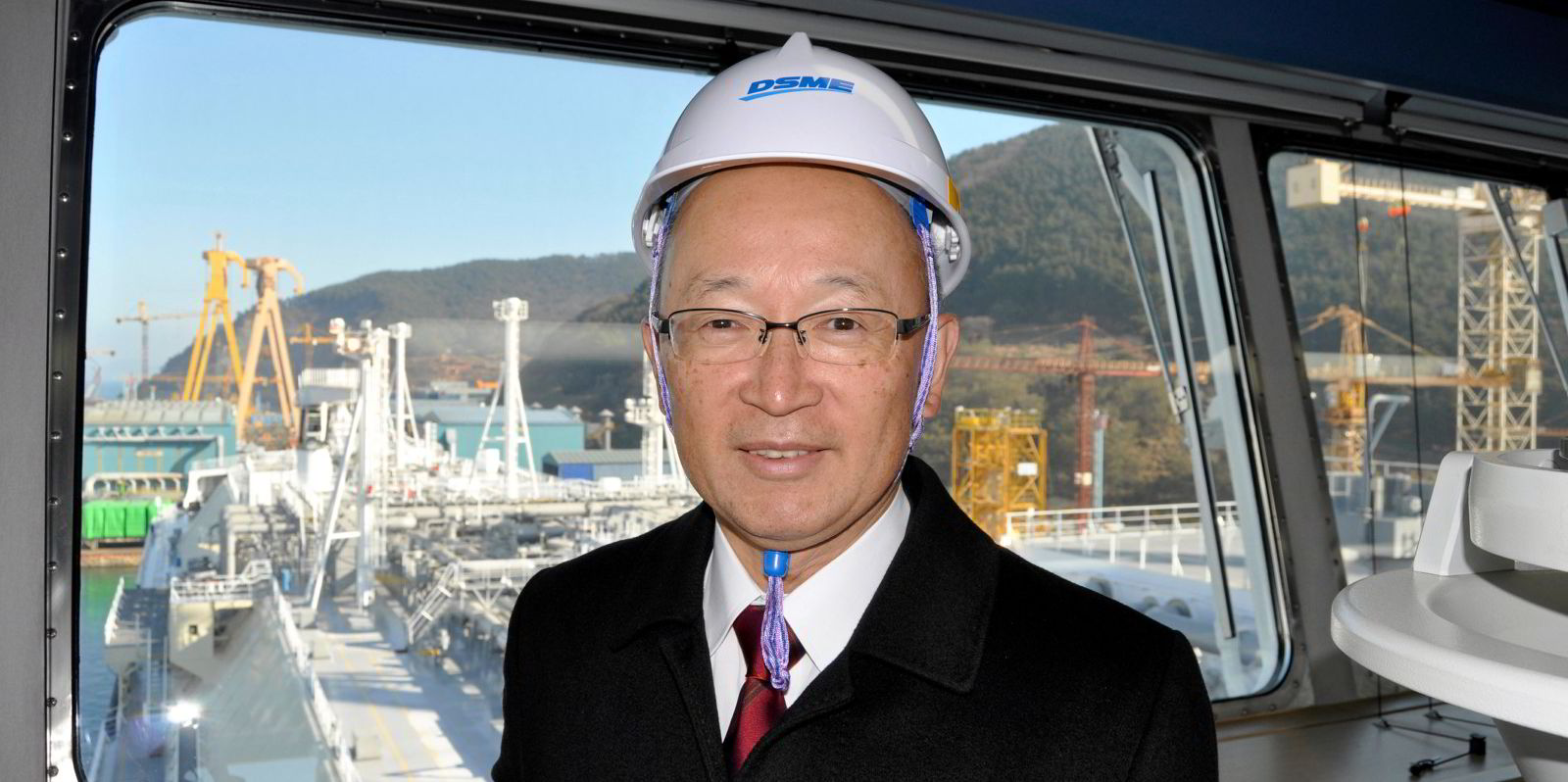Mitsui OSK Lines has unveiled an ambitious long-term business plan, with an increased emphasis on non-shipping activities and growing stable income streams.
The plan, dubbed “Blue Action 2035”, kicks in from the start of the next financial year in April.
“In Blue Action 2035, MOL set its ideal vision for the financial year 2035 based on the rapidly changing external environment and the MOL Group’s advantages accumulated since its foundation,” the Japanese liner giant said.
“To realise this vision, it will reform its business portfolio into one that can remain profitable even during downturns in the shipping industry.”
The plan has been drawn up partly also to reflect a change in circumstances at MOL.
The Tokyo-listed company’s stock market capitalisation has skyrocketed by ¥738bn ($5.5bn) since 2018, while its net gearing ratio fell from 198% to 48% — both as the result of windfall profits from the liner shipping boom.
The new plan combines its financial and environmental, social and governance targets.
MOL is lining up an initial ¥1.2trn in investment in the first phase to 2025. About ¥650bn of that will go towards sustainability goals.
The largest part of the investment, ¥530bn, will be in its energy business, followed by product transportation (¥280bn), which includes container shipping.
A key element is the expansion of its non-shipping activities that it signalled last year with the acquisition of real-estate companies Utoc and Daibiru.
About 75% of MOL’s revenue comes from pure shipping activities, but it is planning for that figure to drop to 60% by 2035.
Another key target is to increase stable fixed income, which currently accounts for half of MOL’s business. It wants to increase that to 60% by 2035, sourcing a lower proportion of income from markets that show high levels of rate fluctuation, such as container ships and dry bulk.
A higher proportion of its income will come from long-term fixed-income markets, including LNG, offshore, renewable energy projects and logistics.
However, MOL still expects its container ship business, in which it operates through liner subsidiary Ocean Network Express, to be the biggest source of profits in 2035.





